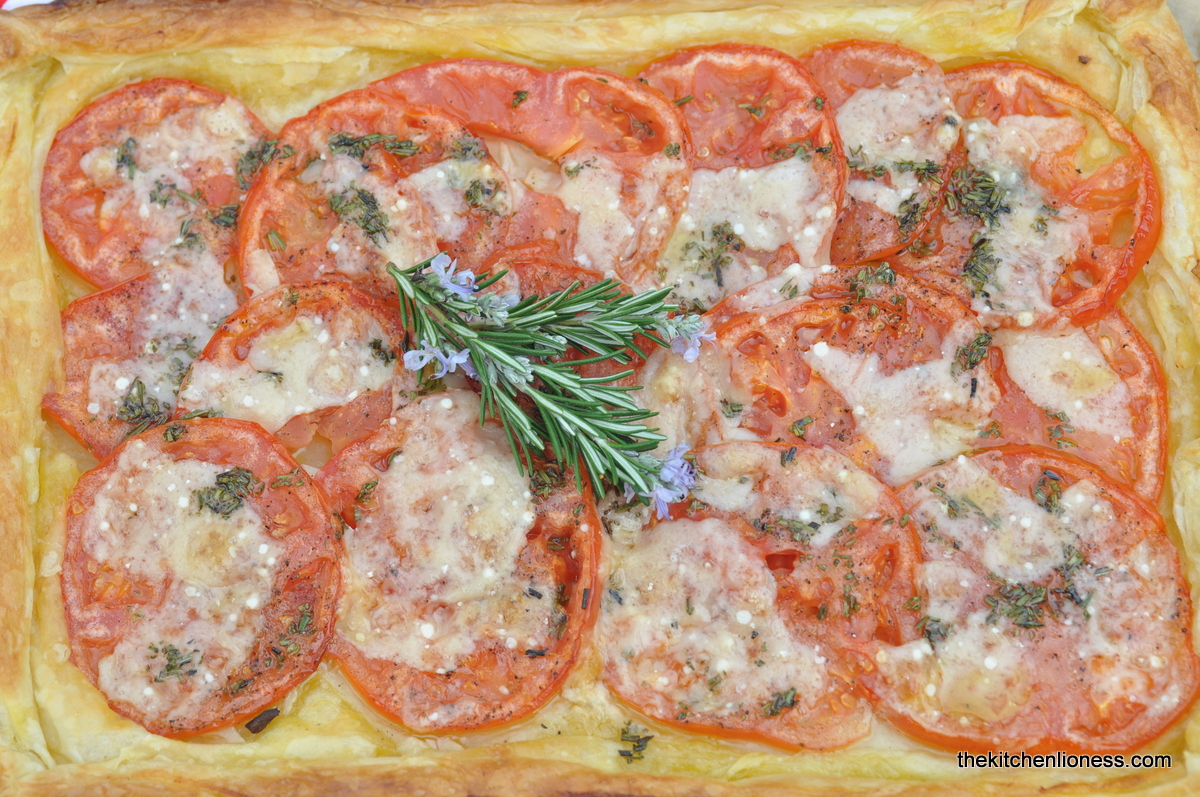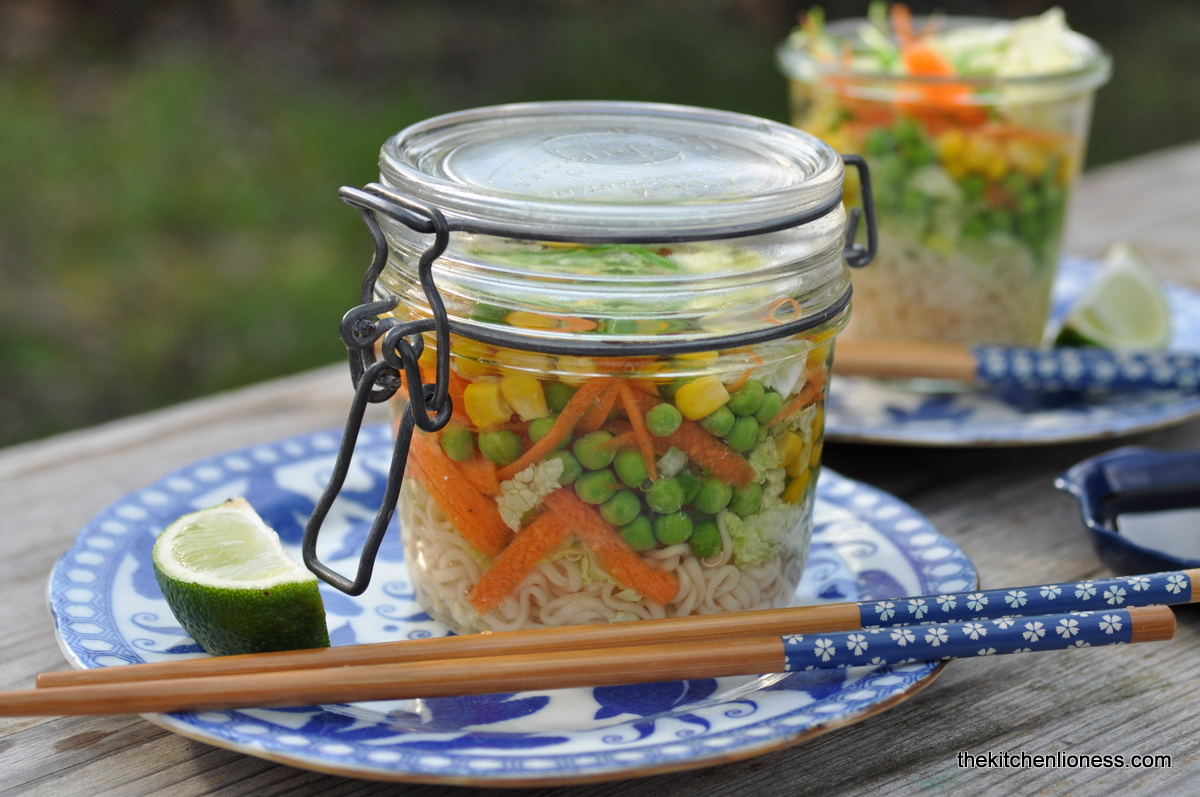The month of February marks the twenty-second month of our international online cooking group, The Cottage Cooking Club. As a group, recipe by recipe, we are cooking and learning our way through a wonderful vegetable cookbook written in 2011 by Hugh Fearnley-Whittingstall, entitled „River Cottage Everyday Veg".
One of the declared aims of our cooking group is to make a decided effort to use as much regional, organic and seasonal produce as is reasonably possible.
This month I prepared eight of the ten designated recipes. I will write about each dish in the order in which I prepared them.
My first recipe for this February post is the Mushroom ragout with soft polenta (page 57) from the chapter "Comfort Food & Feasts“.
This was a recipe that I had been looking forward to for a long time. Soft, creamy polenta topped with a ragout of earthy musrooms. My kind of food in February. I stayed true to the recipe but as I am not such a huge fan of instant polenta, I used regular polenta that takes a bit longer to cook. The infused milk for the polenta contains a bay leaf and thyme, peppercorns, onion, garlic. Once the polenta has finished cooking, you add butter, chopped rosemary and Parmesan – an irresisitible taste as is.
For the topping you will need mushrooms, garlic, more thyme, red wine, mushroom stock, pepper and salt to make the most flavorful mushroom ragout. Creamy and hearty, polenta makes a great alternative to mashed potatoes or pasta and served topped with this richly flavored ragout it is a vegetarian main dish – then all you need to enjoy this lovely meal is to pick up a pretty spoon, dig in and enjoy!
My second recipe this month was the Lentils with beetroot and feta (page 237) from the chapter „Store-Cupboard Suppers“. An easy, substantial side salad with lentils, wedges of sweet, earthy beets, some cubes of salty feta and a lovely dressing of mild olive oil, balsamic vinegar, salt and pepper.
If you are a lentil lover, and of you appreciate the taste of red beets - this is a great recipe to keep in mind for fall or winter time. You can always stock some lentils (just make sure they are the type that is best used for salads) and feta are readily available in the cold months – I can easily see this salad as part of a buffet spread, in a lunchbox, or as tasty office break fare.
You should keep the beets separate until you are ready to eat, as they do tend to bleed into the salad. Another tip to keep in mind is that if you run out of time you can always use pre-cooked, vacuum-packed beets in this recipe instead of roasting them. You might loose some of the earthy flavors that you get when freshly roasting the beets but there are enough tasty components in this salad to guarantee a delicious outcome.
The third recipe in February was the Apple and blue vinny toastie (page 204) from the chapter of "Bready Things". With grated tart eating apples, Gorgonzola dolce, a bit of mayonnaise, some salt and pepper this is certainly a different kind of topping for some toasted country bread.
This is a toastie that I would definitely only serve to peole that appreciate the distinct taste of blue cheese or Gorgonzola – the combination here works surprinsingly well. Again, just chose your taste testers well.
Recipe number four this month felt like an old friend. After having made the Tomato, thyme and goat´s cheese tart in July 2014 (here), the Basil and mozzarella tart in October 2015 (here) or the Blue cheese and chives tart in December 2015 (here), it was time for yet another fabulous variation, the Rosemary and pecorino tart (page 216) from the chapter of „Store-cupboard suppers“.
The main recipe has become a family favorite, my go to recipe for those days when I am looking or a quick, no fuss, savory fare with easy to find ingredients that can be assembled in a flash. So, this recipe is another example of how handy store-bought, good-quality puff pastry can be. Add some thinly sliced tomatoes (even if they are a bit out-of-season these days), some thinly sliced garlic, pepper, salt, a bit of good olive oil and bake. Then add some chopped rosemary and grated some lovely, sharp Pecorino Romano – I opted for shavings of Pecorino instead of grating it. For the looks, of course. Failing Pecorino you can also use Parmigiano Reggiano to great effect here. It tastes just as wonderful in this recipe.
The fifth treat this month was much-anticipated Sweet potato and peanut gratin (page 63) from the chapter „Comfort Food & Feasts“. The kids love sweet potatoes and although they are not grown around here, we can nowadays find them in many grocery stores and at the green grocers. No matter which way I prepare them they always seem to get eaten – this is truly a great veg to serve to the younger crowds even if they do not enjoy vegetables in general.
Sweet potatoes can be cooked in similar ways to the potato but cook much more quickly. You can bake, mash or roast sweet potatoes, or use them in vegetable soups and casseroles. Alternatively, you can add them to risottos, pasta dishes and curries. But Hugh´s recipe is a whole other category it seems. With one kilo of sweet potatoes, a bit of heat from the chilis, garlic, double cream, crunchy peanut butter, lime zest and juice, salt and pepper – this is really reminiscent of the sauce I serve alongside my chicken satays. Rich, creamy and addictive! We loved this gratin!
Not your every day type of side dish but the kids got their fill of sweet potatoes and I got to show off my lovely vintage gratin dishes that I found at a wonderful flea market the other day. The old lady that sold them to me for a song, just shrugged her shoulders and said that she did not have a clue what to do with them! And the moment I saw them I was thinking of this sweet potato gratin that I was planning on making as small individual gratins and serve them in exactly these dishes. Sometimes things just seem to fall into place...
The next recipe on my list was the White bean salad with tomatoes and red onions (page 240) from the chapter „Store-Cupboard Suppers“.
A fresh, wintry salad with white beans (soaked overnight or the canned variety), red onions, tomatoes and a dressing of olive oil, lemon juice, Dijon mustard, salt and pepper – to which I added a mixed salad of baby spinach and Swiss chard. The greens stood up well to those other hearty ingredients - they were really nice in combination with red onions, beans and tomatoes.
To cut the sharpness from the raw onion, I soaked the thinly sliced red onion in ice cold water for a few minutes before I drained the slices well and added them to the salad. A nice substantial bistro kind of salad that had a lot of flavor. It can easily be served for lunch or as dinner with just a nice hunk of country bread alongside.
Recipe number seven was the lovely and easy Potatoes and „deconstructed pesto“ (page 222) from the chapter „Store-Cupboard Suppers“.
A truly nice combination of cooked fingerling potatoes, loads of fresh basil, freshly squeezed lemon juice and plenty of shredded Parmesan. What on earth is not to like about this dish. There is the ease of preparation, the short list of ingredients, the extremly simple recipe and the immense „waftability factor“ that you get while preparing this. Not to mention the fabulous taste. We loved it. A keeper.
The last recipe I tackled this month was the one that the kids kept begging for all the time. The older girls desperately wanted to bring the DIY „pot“ noodles (page 248) from the chapter „Store-Cupboard Suppers“ to school – so I took a few liberties with the veg but I most certainly kept with the theme when I made these.
I used soba noodles here that I pre-cooked, drained and added to the jars first. Then it was peas, carrots, corn, napa cabbage and chives - for the flavor I opted out of the boillon cubes and added sliced spring onions, slices of fresh ginger, crushed chili flakes, lime juice, low-sodium soy sauce, pepper, sea salt, and a few drops of toasted sesame oil.
When I prepared these for the lond day at school, I packed some spare lime wedges and a bit of soy sauce alonside a flask with hot water and some cute, girlish chopsticks - the girls loved, loved this recipe and are asking for seconds and thirds...and we loved eating the "left-overs" at home. Fun. Delicious. Versatile. Healthy. And a genius idea to start with.
In summary, we loved each and every dish this month - the kids went crazy for the potato gratin and the noodle pots, we enjoyed the salads and the tart a tad more...all were really happy in the end.
Please note, that for copyright reasons, we do NOT publish the recipes. If you enjoy the recipes in our series, hopefully, the wonderfully talented and enthusiastic members of The Cottage Cooking Club and their wonderful posts can convince you to get a copy of this lovely book. Better yet, do make sure to join us in this cooking adventure.
To see how wonderful all the dishes from my fellow Cottage Cooking Club members turned out this month, please make sure to take a look at their personal links and to do so, just visit here.














































